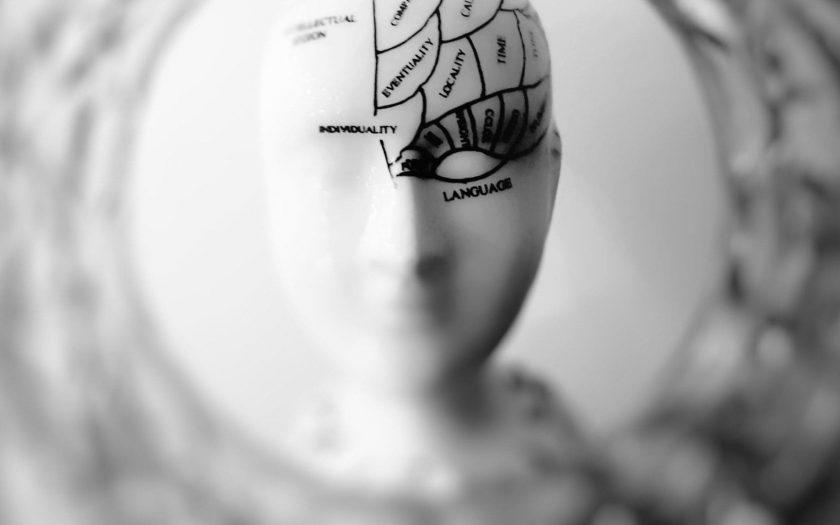Epilepsy is a very unpleasant neurological disease. Its symptoms are attacks with disconnection of consciousness and control of the situation. But one attack does not yet speak of epilepsy; the diagnosis is put in the presence of recurring cases.
Attacks, or epileptic seizures, as they are called in the people, are often unexpected, which is a big problem. After all, during the attack motor functions are violated. It is a threat to society and for the patient himself. Therefore, the observation of the neurologist and proper treatment are simply necessary. Under these conditions, more than half of the epileptics can live calmly, without attacks.
Causes of epilepsy
In 75% of cases, this disease affects people under the age of 20. The causes of morbidity in adults and children are different.
In children, the main provocative factors are fetal developmental defects, hypoxia, various infections, cysts, and brain tumors. A less common cause is birth trauma.
Adult epilepsy is due to stroke and craniocerebral trauma, the brain tumor.
There is still hereditary epilepsy, but it is not very common.
Types of epileptic seizures
Doctors classify about 40 types of epilepsy, taking into account many different characteristics. Depending on this doctors prescribe treatment. It is most convenient to classify the disease by symptom of attacks:
- Partial seizures. They are associated with the emergence of electrical discharge only in one of the areas of the cerebral cortex. Usually, last no more than 30 seconds. Such attacks include abdominal pain, numbness, convulsions (usually in the limbs or face), various hallucinations. With simple partial seizures, the consciousness is completely preserved, and a person may later describe his actions. Complex partial seizures are accompanied by short-term disconnection of consciousness, but without falls;
- Generalized seizures. Process in such attacks covers both hemispheres of the brain. In turn, this type is divided into convulsive and nonconvulsive seizures. The first ones have the most terrible symptoms: muscle tones, loud cry, sometimes bite of the tongue. Then the breathing stops, the skin of the patient is cyanotic, seizures begin. The duration of the attack varies from 2 to 5 minutes, after which the patient usually falls asleep.
Nonconvulsive seizures are usually almost imperceptible to others, they are found predominantly in children. Their duration is no more than 20 seconds.
Generalized attacks are divided into primary when the symptoms occur without any warning, and secondary – in this case, the patient experiences discomfort before the attack and often can to prepare for it.
Treatment of epilepsy
Only a good specialist can choose a treatment. But before that, it is necessary to undergo a thorough diagnostic: electroencephalography, CT, MRI, skull X-ray, blood test. Based on these and some other studies doctor determines the type of the disease and prescribes the drugs – Gabapin, Neurontin.
The peculiarity of treatment consists in the fact that the drug is prescribed in the minimum dose, but with a gradual and smooth increase until the elimination of symptoms. It is forbidden to change dosage or drugs independently. Also, you cannot drastically discontinue the drug.

